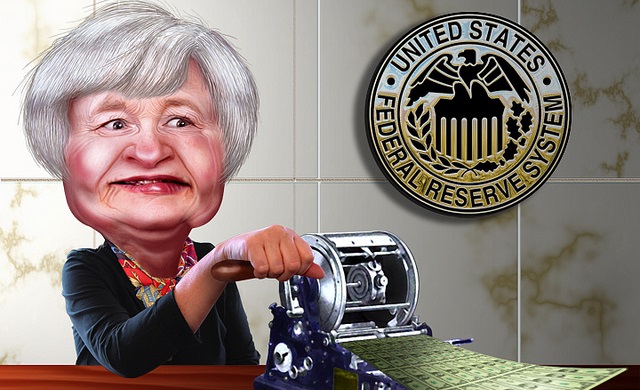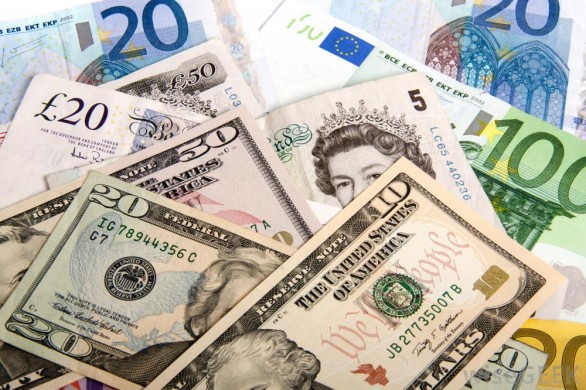What is QE?

Quantitative easing helped increase the flow of money supply into the equities markets by providing large financial institutions with capital in an effort to promote lending and liquidity, thus increasing a confidence level within the financial markets. Quantitative easing is generally applied when short-term interest rates are at or fast approaching zero.
Why was QE necessary?
QE was essential when the market started to crash from 2007 as it helped to eliminate risk and volatility in the equities markets. It enabled confidence to eventually flow back into the markets and we’ve been riding on the bullish market for the past 5 years.
Look at ADVFN for the latest and real-time market information to help you make those crucial investment decisions.
How do we know QE is coming to an end?
$1 trillion/year has disappeared from assets which we were notified would happen at some point, giving us a clear indication that QE was coming to the end. Whilst QE is considered printing money, it’s main purpose is to support assets, encouraging them to beat their metaphorical chests and roar loudly in times of despair. We were told that the ECB would potentially take over from the Fed in terms of QE but when the eurozone crashed, there was no need. This has given greater confirmation that QE is coming to an end.
Another indicator we should have been looking out for is when there is serious talk about increasing short term interest rates which indicates the need for QE is no longer needed any more.
Were we warned about it?
The Fed gave a clear indication they were slowing winding down their QE program. They’ve reduced their purchases of mortgage-backed securities. In the QE3 program, the Fed was buying $35bn of assets per month as compared to the peak of $85bn/month.
ADVFN provides an advanced, in-depth and sophisticated data analysis package across multiple asset classes to enable our clients the best information available in the financial markets.
What lies next?
As we’ve started to see in the markets, the withdrawal of the QE program has caused a significant correction as now the assets are not being backed as they have been. It could be said that the lack of confidence has filtered through to the large caps. With the Fed withdrawing it’s backing for the equities markets, we know that this will hamper the growth of the markets but more importantly, extreme volatility, which has provided us with a correction, or worse, a potential crash, could soon be on the horizon.

 Hot Features
Hot Features













